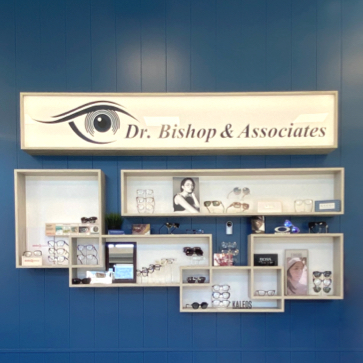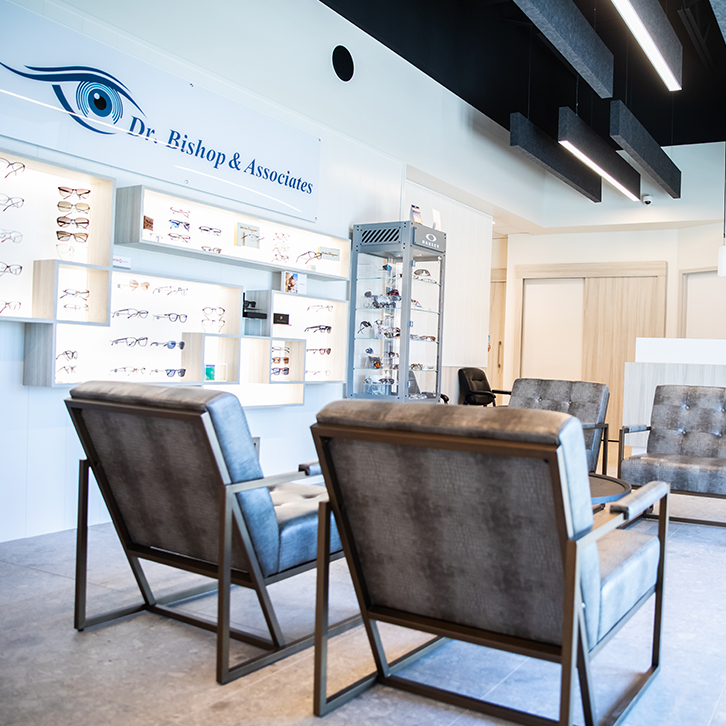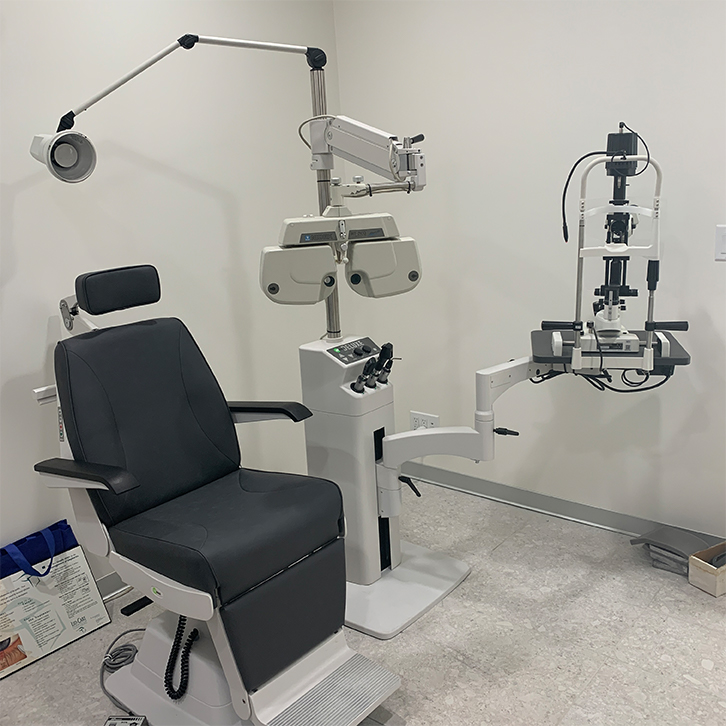Over recent years, the issues surrounding screen time have become more and more complicated.
Most adults are constantly using screens. From smartphones to laptops, screens have become a part of our daily life – and it’s not much different for children.
Children rely on screens for a multitude of reasons, whether it be to learn, to play, or for entertainment. But can too much screen time harm your child’s eyes?
Keep reading to learn more about how screens affect eyesight, common vision problems that can be caused by too much screen time, and what you can do, in addition to bringing your child in for an eye exam, to protect their eyesight.
Effect of Screen Time on Eyes
With more and more research being done on the possible link between vision problems and screen use, it’s been identified that it may negatively affect eyesight and eye health.
While the effects of screen use will be different for everyone, there may be several ways screen time can affect your child’s eyes.
Eye Fatigue & Eye Strain
Eye fatigue and eye strain can occur when your child overuses their eyes, which can easily happen if they spend a prolonged period of time focused intensely on a screen.
If your child has eye fatigue, they might complain of headaches, eye pain, feeling tired, and they may even avoid doing near-vision tasks such as reading or writing.
Dry & Irritated Eyes
Oftentimes when children are concentrated on screens they tend to blink less. This can cause their eyes to dry out, which can lead to irritating and uncomfortable symptoms that can extend past the time they spend focusing on a screen.
Loss of Focus Flexibility
Focus flexibility affects how quickly your child is able to focus on an object. This can help with school, sport, or play.
Unfortunately, when children’s eyes stay focused on close-up objects for long periods, it might make it more difficult to adjust to distance vision later.
Nearsightedness
More often than not, children use screens inside.
Research has shown that children who spend more time indoors are more likely to develop nearsightedness, or myopia. There’s still a lot of research to be done, but it’s believed that natural light plays an important role in eye development.
If your child is spending too much time indoors and using screens, instead of playing outside, it may negatively affect their eyesight.
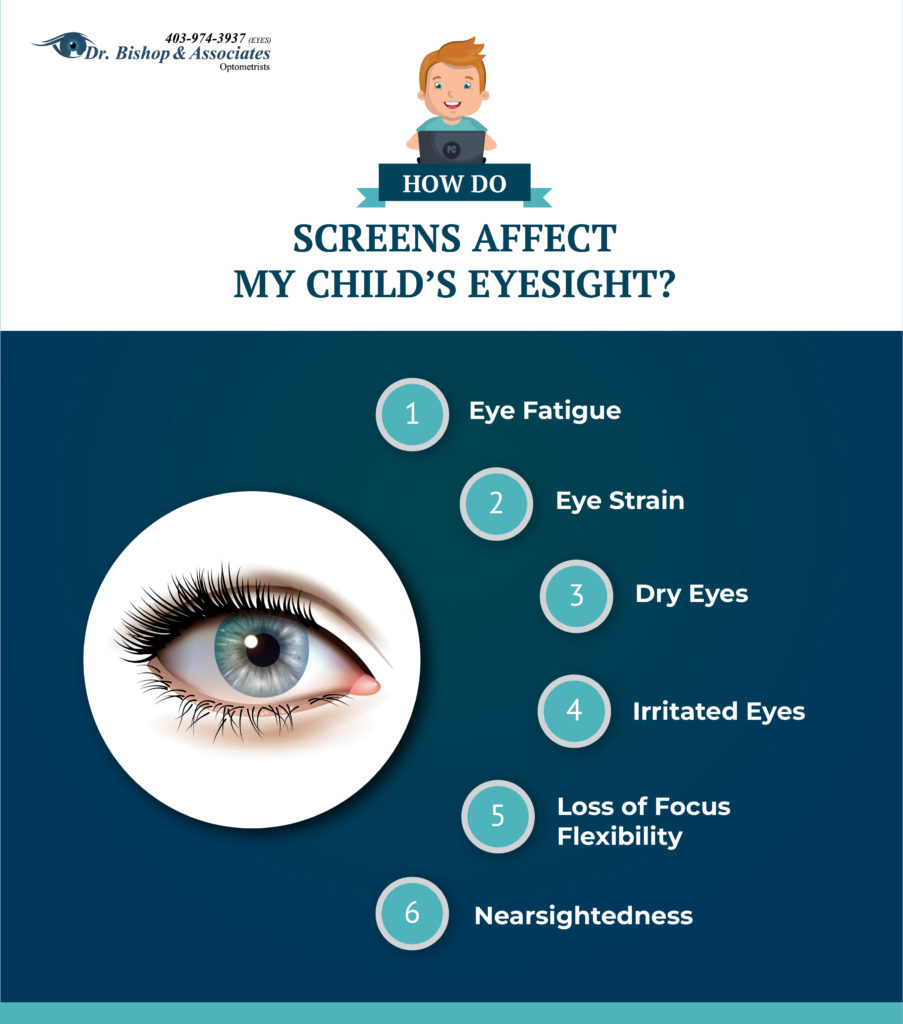
Recommended Screen Time Limits
It can be almost impossible to completely remove digital devices from your child’s daily life. Screens are a huge part of our normal lives. But don’t worry – there are steps you can take to protect your child’s eyes!
Implement the 20-20-20-2 Rule
The “20-20-20-2 rule” is a good way to ensure that your child’s eyes are getting regular breaks from overuse and close focusing.
When your child is spending time on a screen, encourage them to take a break every 20 minutes, to focus on something 20 feet away, for at least 20 seconds. Additionally, they should be getting at least 2 hours of outside time intermittently throughout the day.
This allows the eyes to relax and to return to their natural position. To make it easier to follow, try setting a timer, making it a game, or playing a certain song when it’s time for your child to take a break.
Make Sure They’re Blinking
Because children blink less when they’re focused on a screen, make sure you’re paying attention to how often your child is blinking. Children usually blink 8-10 times per 30 seconds.
If you notice your child isn’t blinking as often as they should be, encourage them to take a blinking break where they try to blink as much as they can for 20 seconds.
Pay Attention to Screen Size & Distance
The smaller and closer a screen is, the harder your child’s eyes must work to focus on it. To protect your child’s eyes, make sure that the screen they’re using is on the larger size. Generally you want your child to use a screen that’s the size of a laptop computer, as opposed to a screen that’s the size of a phone screen.
The distance at which your child views a screen is equally as important as screen size. To ensure your child is viewing a screen at a safe distance, consider following the 1-2-10 rule, which says your child should:
- Hold phones 1 foot away
- Sit 2 feet away from laptops & desktops
- Sit 10 feet away from the television
Watch Out for Screen Glare
Screen glare can further affect how hard your child’s eyes have to work when looking at a screen.
To limit screen glare you can lower the brightness on your child’s devices and ensure they’re using them in a space without screen glare.
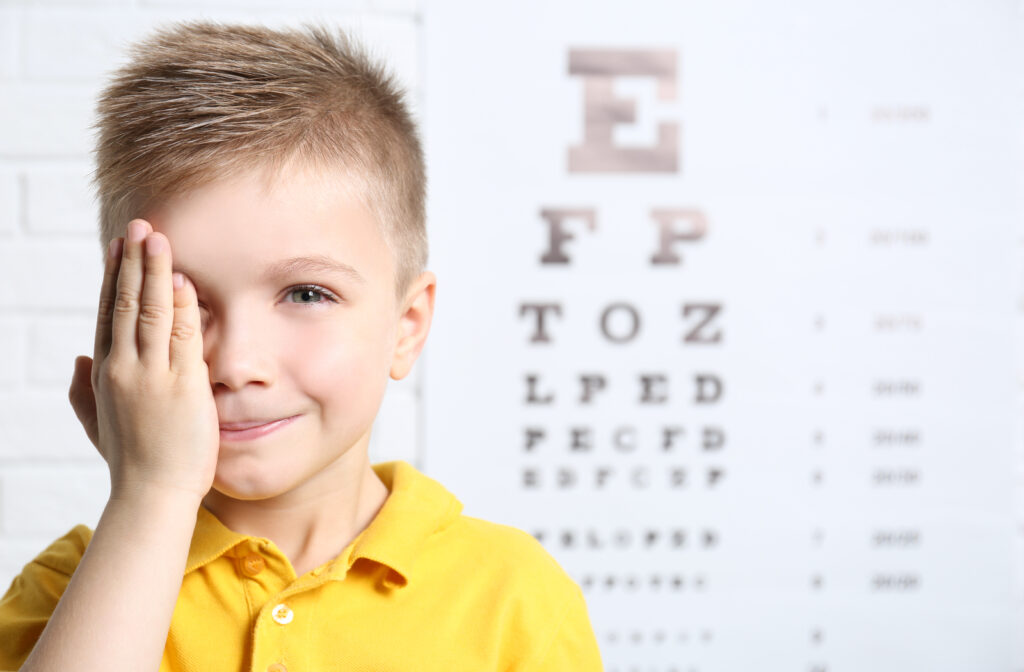
Schedule Regular Eye Exams
Regular eye exams are an important part of maintaining your child’s overall health. Your child’s vision is constantly changing and developing, and eye exams can help ensure your child’s vision is on the right track.
Have Any Questions?
If you have any questions or concerns about screen time and your child, don’t hesitate to contact us at Dr. Bishop & Associates. Our team is here to help your child’s vision excel and can help your family enjoy screens in a healthy way.













